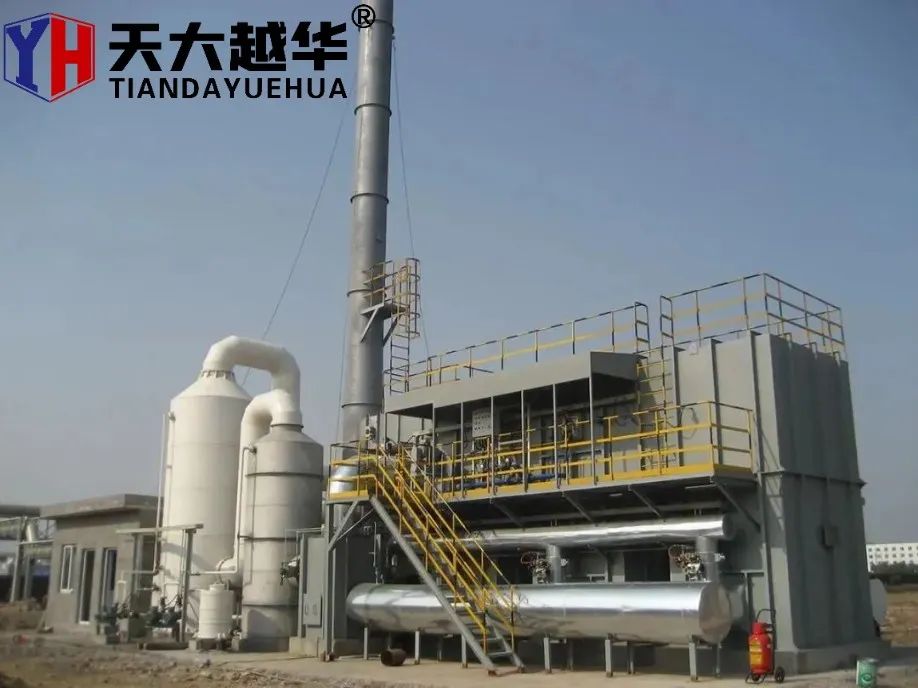A Versatile Solution: Can Oxidizer Incinerator RTOs Handle Both Solid and Liquid Waste Materials
2024-04-08
In the realm of industrial waste management, versatility and efficiency are paramount. Companies across various sectors grapple with the challenge of treating diverse waste streams, including both solid and liquid materials, while striving to meet stringent environmental regulations. Oxidizer Incinerator Regenerative Thermal Oxidizers (RTOs) have emerged as versatile solutions in this regard, offering the potential to handle both solid and liquid waste materials effectively. In this blog, we'll explore the capabilities of Oxidizer Incinerator RTOs and their suitability for managing a wide range of waste streams.
Understanding Oxidizer Incinerator RTOs
Oxidizer Incinerator RTOs utilize thermal oxidation to neutralize volatile organic compounds (VOCs) and hazardous air pollutants (HAPs) emitted during industrial processes. By subjecting waste materials to high temperatures in a controlled environment, RTOs efficiently convert pollutants into harmless byproducts such as carbon dioxide and water vapor. This process, known as combustion, ensures thorough destruction of contaminants, resulting in minimal environmental impact.
Handling Solid Waste Materials
While Oxidizer Incinerator RTOs are primarily designed to treat gaseous pollutants, they can also accommodate certain types of solid waste materials. Solid waste streams such as contaminated soil, sludges, and certain types of industrial residues can be introduced into the combustion chamber of an RTO for treatment. The high temperatures within the chamber facilitate the complete combustion of solid materials, reducing them to ash and inert gases.
Managing Liquid Waste Materials
Similarly, Oxidizer Incinerator RTOs have the capability to handle certain liquid waste materials effectively. Liquid waste streams such as wastewater, organic solvents, and chemical effluents can be vaporized and introduced into the incineration process within the RTO. The intense heat within the combustion chamber ensures the complete oxidation of liquid pollutants, resulting in the production of harmless gases and water vapor.
Considerations and Limitations
While Oxidizer Incinerator RTOs offer versatility in handling both solid and liquid waste materials, there are certain considerations and limitations to be aware of:
1. Compatibility: Not all solid and liquid waste materials are suitable for treatment in an RTO. It's essential to assess the composition and characteristics of the waste streams to determine their compatibility with the incineration process.
2. Pre-treatment: Certain solid and liquid waste materials may require pre-treatment before they can be introduced into an RTO. Pre-treatment methods such as shredding, drying, or chemical processing may be necessary to ensure optimal combustion efficiency and prevent operational issues.
3. Regulatory Compliance: Facilities must ensure compliance with regulatory standards governing the treatment of solid and liquid waste materials. Emission limits, waste handling requirements, and permitting obligations may vary depending on the type of waste and jurisdictional regulations.
Conclusion
In conclusion, Oxidizer Incinerator RTOs offer a versatile and effective solution for treating both solid and liquid waste materials in industrial settings. By harnessing thermal oxidation technology, RTOs facilitate the complete combustion of pollutants, resulting in minimal environmental impact and regulatory compliance. While there are considerations and limitations to be mindful of, RTOs provide companies with a valuable tool for managing diverse waste streams and upholding their commitment to environmental stewardship. As industries continue to evolve, the versatility and efficiency of Oxidizer Incinerator RTOs remain instrumental in meeting the complex challenges of waste management in the modern era.



